Rising Demand for Enhanced Worker Safety
The Smart Helmet Market is significantly influenced by the rising demand for enhanced worker safety across various sectors. Industries such as construction, mining, and logistics are increasingly adopting smart helmets equipped with features like GPS tracking and emergency alert systems. This trend is driven by a growing awareness of workplace hazards and the need for compliance with safety regulations. Recent statistics indicate that the market for smart helmets is expected to reach USD 1.5 billion by 2026, reflecting a compound annual growth rate of around 12%. This increasing focus on safety is likely to propel the Smart Helmet Market forward, as organizations seek to mitigate risks and protect their workforce.
Integration of IoT and Connectivity Features
The Smart Helmet Market is witnessing a transformative shift with the integration of Internet of Things (IoT) and connectivity features. Smart helmets are now being designed to connect seamlessly with other devices, enabling real-time data sharing and communication. This connectivity enhances situational awareness for users, particularly in high-risk environments. The market data suggests that the adoption of IoT-enabled smart helmets could lead to a market growth of approximately 20% over the next five years. As industries recognize the benefits of connected safety gear, the demand for smart helmets is likely to escalate, positioning the Smart Helmet Market for substantial growth.
Technological Advancements in Safety Features
The Smart Helmet Market is experiencing a surge in demand due to rapid technological advancements in safety features. Enhanced functionalities such as built-in sensors, real-time communication systems, and advanced impact detection mechanisms are becoming standard. These innovations not only improve user safety but also attract industries such as construction and manufacturing, where workplace safety is paramount. According to recent data, the integration of these technologies has led to a projected growth rate of approximately 15% annually in the Smart Helmet Market. As companies increasingly prioritize employee safety, the adoption of smart helmets is likely to rise, further driving market expansion.
Growing Awareness of Occupational Health Risks
The Smart Helmet Market is being propelled by a growing awareness of occupational health risks among employers and employees alike. As industries become more cognizant of the long-term health implications of workplace hazards, the demand for protective gear, including smart helmets, is on the rise. Features such as air quality monitoring and fatigue detection are increasingly sought after. Market analysis indicates that the smart helmet segment is projected to grow by 18% annually as organizations prioritize health and safety initiatives. This heightened awareness is likely to drive the Smart Helmet Market, as companies invest in advanced protective solutions for their workforce.
Increased Investment in Research and Development
The Smart Helmet Market is benefiting from increased investment in research and development by manufacturers. Companies are focusing on creating innovative designs and features that cater to the evolving needs of consumers. This investment is not only aimed at improving safety but also at enhancing user experience through comfort and usability. Recent reports indicate that R&D spending in the smart helmet sector has increased by over 30% in the past two years. This trend suggests that as manufacturers continue to innovate, the Smart Helmet Market will likely expand, attracting new customers and retaining existing ones.


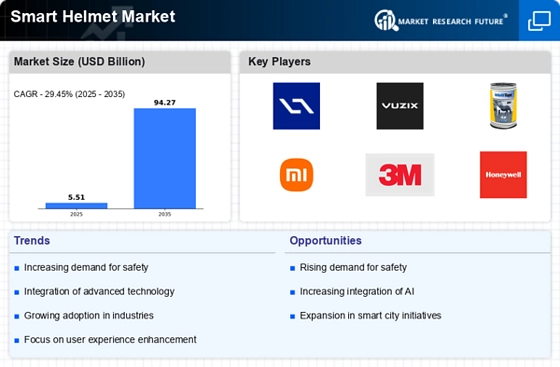
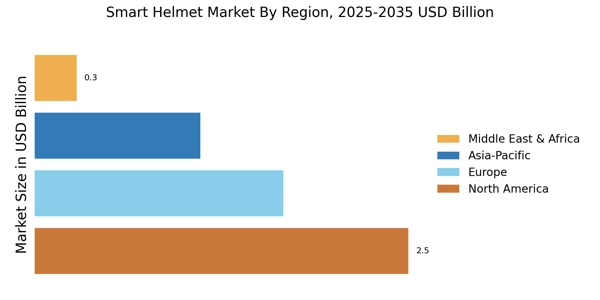

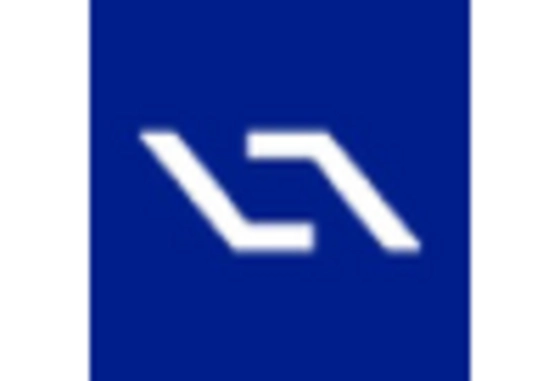


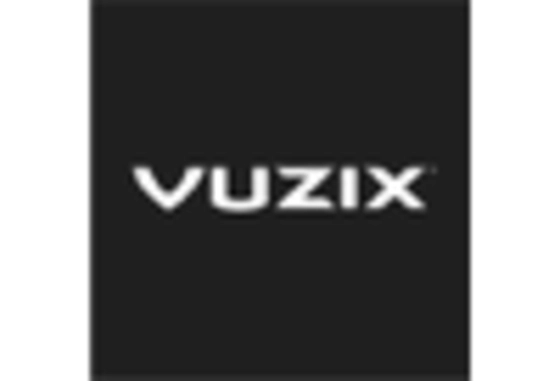
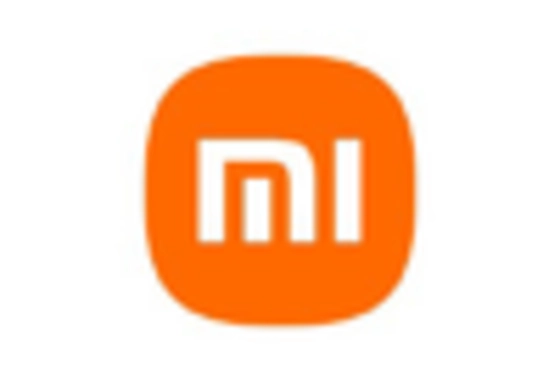








Leave a Comment